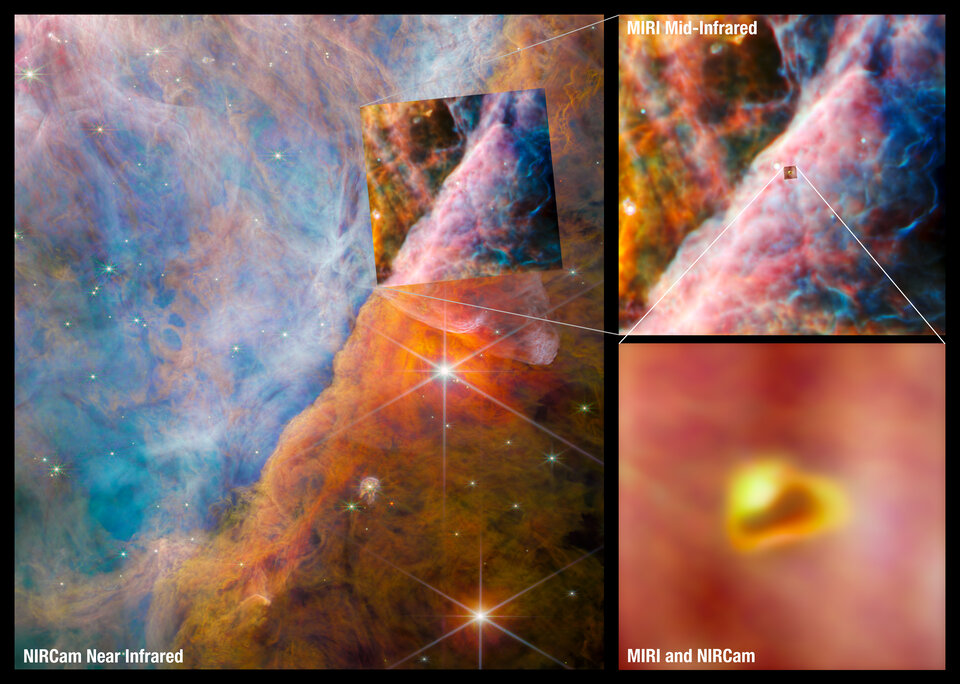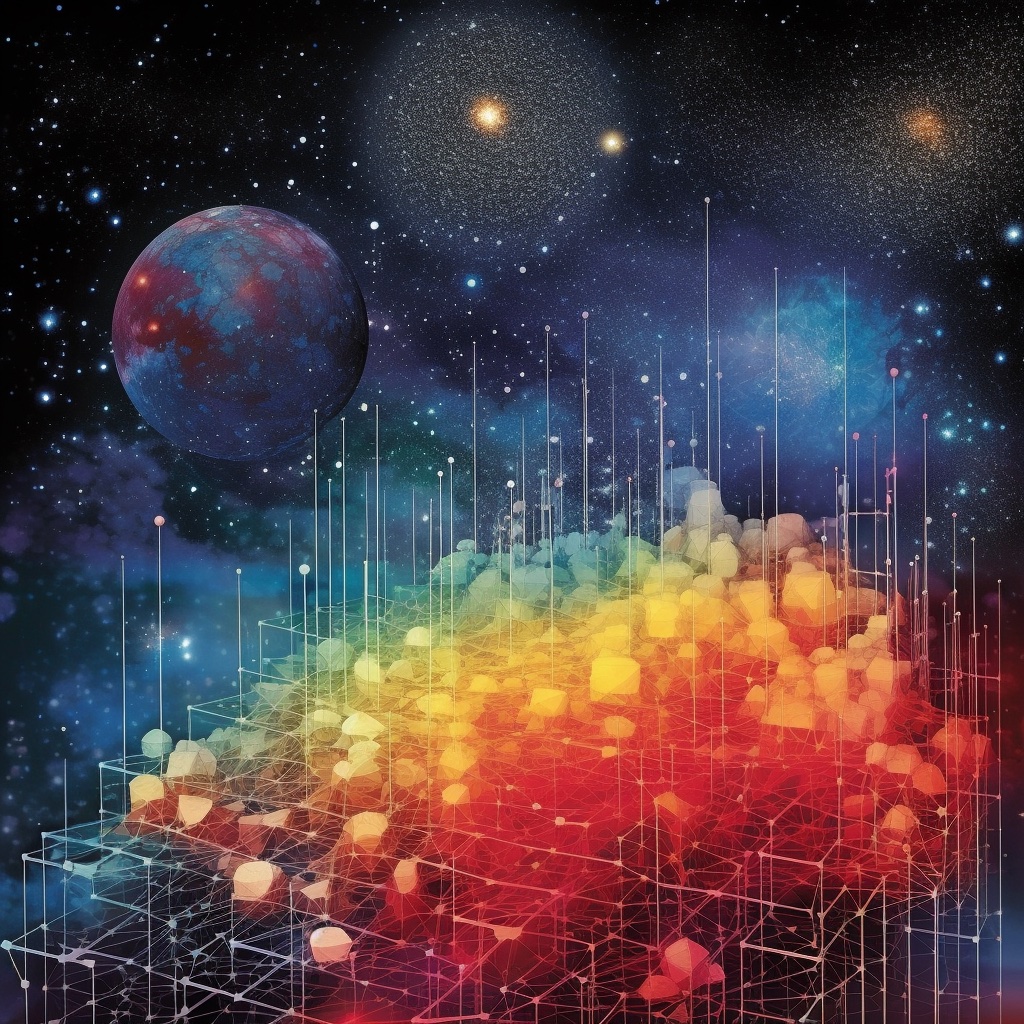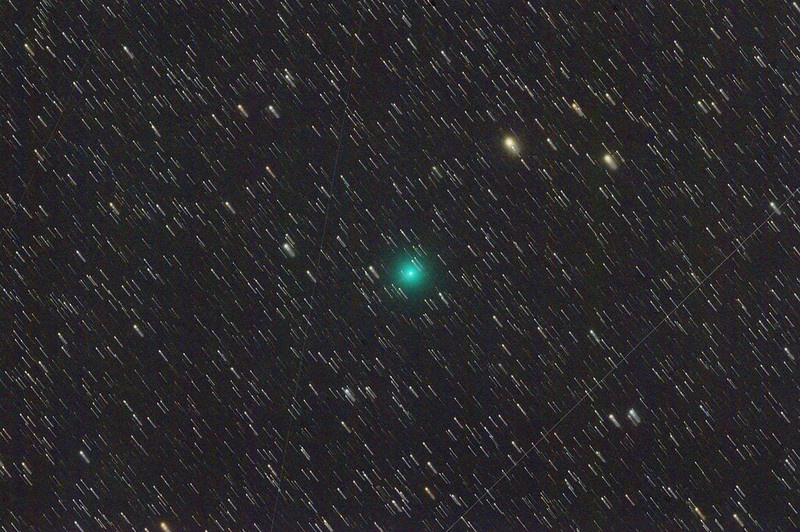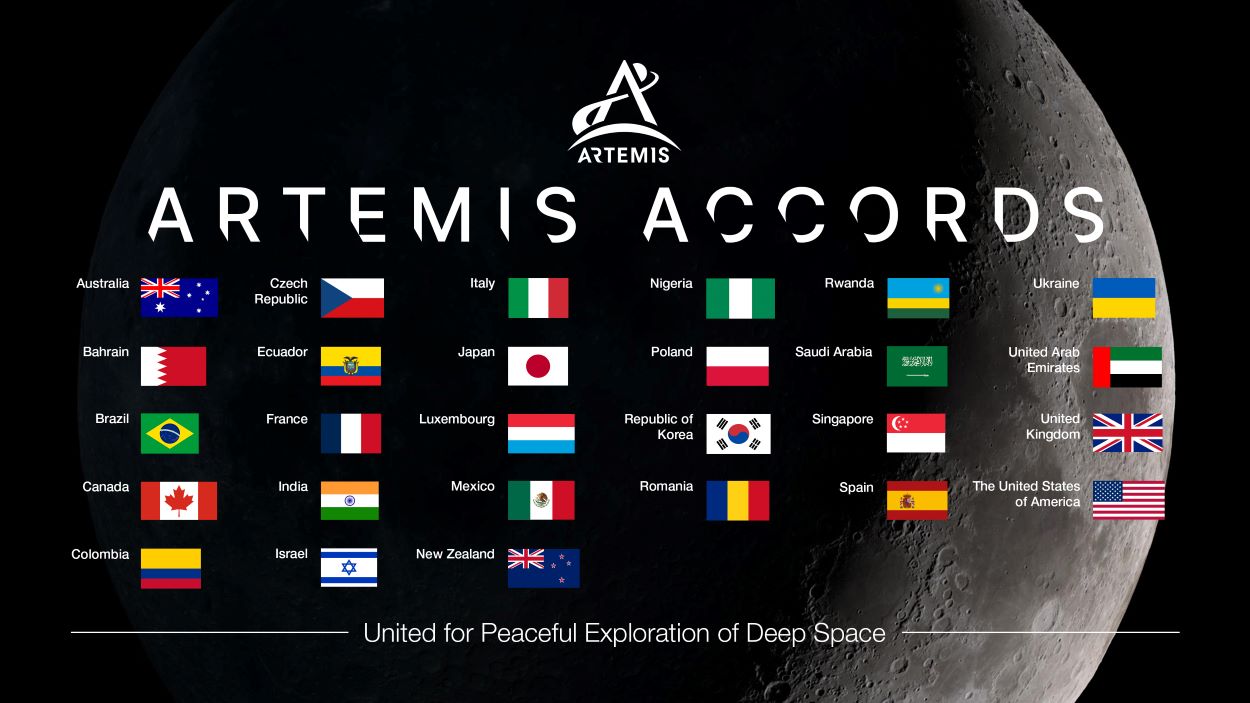A professor from Northumbria University in the North East region of England has been granted telescope time with NASA’s James Webb Space Telescope (JWST) later this year to study Jupiter’s upper atmosphere, also known as its ionosphere. Being granted such access to JWST is extremely competitive which makes getting access to use its powerful instruments to study the cosmos a very high honor.
Continue reading “UK Professor Granted JWST Observation Time to Study Jupiter’s Upper Atmosphere”AI Could Help Astronomers Rapidly Generate Hypotheses
Almost anywhere you go on the internet, it seems nearly impossible to escape articles on AI. Even here at UT, we’ve published several. Typically they focus on how a specific research group leveraged the technology to make sense of reams of data. But that sort of pattern recognition isn’t all that AI is good for. In fact, it’s becoming pretty capable of abstract thought. And one place where abstract thought can be helpful is in developing new scientific theories. With that thought in mind, a team of researchers from ESA, Columbia, and the Australian National University (ANU) utilized an AI to come up with scientific hypotheses in astronomy.
Continue reading “AI Could Help Astronomers Rapidly Generate Hypotheses”Another Key Molecule for Life Found in Space by JWST

The search for life is an incredibly evocative driver of cosmic exploration. It captures our imagination to think that there might be living things out there somewhere else. That’s one reason why we point our eyes—and telescopes—to the stars.
Continue reading “Another Key Molecule for Life Found in Space by JWST”Check out the Cool New Designs for Europe’s Future Spacesuits

While the European Space Agency isn’t planning to build their own spacesuits anytime soon, they want to be ready. ESA recently had the Space Suit Design Competition, allowing the public to propose designs for future European extra-vehicular activity (EVA) suits.
The competition received 90 submissions and experts selected five winners. This first design, above, was created by Oussama Guarraz, focusing on “modernity, cutting-edge technology, innovation, and sustainability.”
Below is another design, by João Montenegro.
Continue reading “Check out the Cool New Designs for Europe’s Future Spacesuits”A New Way to Measure Distances in the Universe

If we want to understand the Universe, we have to start with its size. Ancient people had no idea there was a Universe the way we understand it now, and no idea of its size. They thought there was the Earth, with everything else rotating around it. It was the only conclusion within reach for a long time.
Continue reading “A New Way to Measure Distances in the Universe”Reusable Rockets Could Fly Back to Their Launch Sites With Wings

Reusable launch vehicles have been a boon for the commercial space industry. By recovering and refurbishing the first stages of rockets, launch providers have dramatically reduced the cost of sending payloads and even crew to space. Beyond first-stage boosters, there are efforts to make rockets entirely reusable, from second stages to payload fairings. There are currently multiple strategies for booster recovery, including mid-air retrieval using helicopters and nets. Still, the favored method involves boosters returning to a landing pad under their own power (the boost-back and landing maneuver).
This strategy requires additional rocket propellant for the booster to land again, which comes at the expense of payload mass and performance for the ascent mission. As an alternative, researchers from the National Office Of Aerospace Studies And Research (ONERA) propose two new types of strategies that would allow boosters to return to their launch site. These are known as “glide-back” and “fly-back” architectures, both of which involve boosters with lifting surfaces (fins and wings) performing vertical takeoff and horizontal landing (VTVL) maneuvers.
Continue reading “Reusable Rockets Could Fly Back to Their Launch Sites With Wings”Touch Galaxies and Listen to Black Holes. Now You Can Explore the Universe With Multiple Senses
One of the amazing benefits of modern astronomy is the wealth of astronomical images it gives us. From Hubble to Webb, new images appear online almost every day. They are powerful and beautiful, and so bountiful they are easy to take for granted. But those images aren’t for everyone. Whether you are visually impaired, color blind, or best process information auditorily or kinesthetically, astronomical images can be extremely limiting. Because of this, NASA’s Universe of Learning project is exploring how astronomy can be conveyed in multi-sensory ways.
Continue reading “Touch Galaxies and Listen to Black Holes. Now You Can Explore the Universe With Multiple Senses”Follow Comet E1 Atlas Through the July Sky
Comet C/2023 E1 ATLAS skirts the northern pole for summer northern hemisphere observers.
When it comes to comets, even the best predictions may often betray reality. Bright comets may fizzle as they approach the Sun, and fainter comets that ordinarily wouldn’t warrant a second look many suddenly flare into view.
Thankfully, the former seems to be the case with comet C/2023 E1 ATLAS, which has been over-performing expectations as of late, and recently brightened up into the range of binocular visibility at magnitude +10.
Continue reading “Follow Comet E1 Atlas Through the July Sky”Artemis Accords Adds 25th, 26th, and 27th Signatory Countries
NASA recently welcomed the newest signatories of the Artemis Accords as Spain, Ecuador, and India became the 25th, 26th, and 27th countries, respectively, to sign on to the historic agreement for cooperation and partnership for space exploration, specifically pertaining to NASA’s Artemis program.
Continue reading “Artemis Accords Adds 25th, 26th, and 27th Signatory Countries”Mars Lacks a Planet-Wide Magnetosphere, but it Does Have Pockets of Magnetism

The Zhurong rover has operated on the surface of Mars for over a year since it deployed on May 22nd, 2021. Before the rover suspended operations on May 20th, 2022, due to the onset of winter and the approach of seasonal sandstorms, Zhurong managed to traverse a total distance of 1.921 km (1.194 mi). During the first kilometer of this trek, the rover obtained vital data on Mars’ extremely weak magnetic fields. According to a new study by researchers from the Chinese Academy of Science (CAS), these readings indicate that the magnetic field is extremely weak beneath the rover’s landing site.
Continue reading “Mars Lacks a Planet-Wide Magnetosphere, but it Does Have Pockets of Magnetism”




